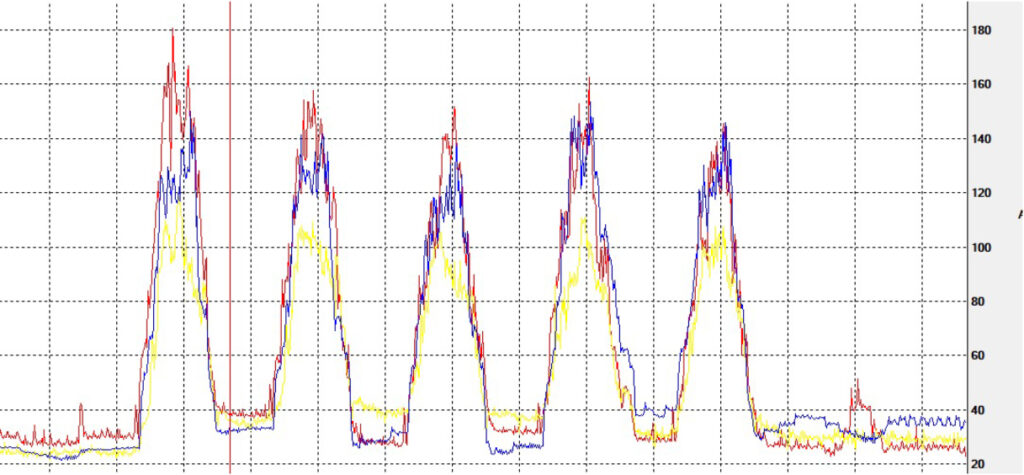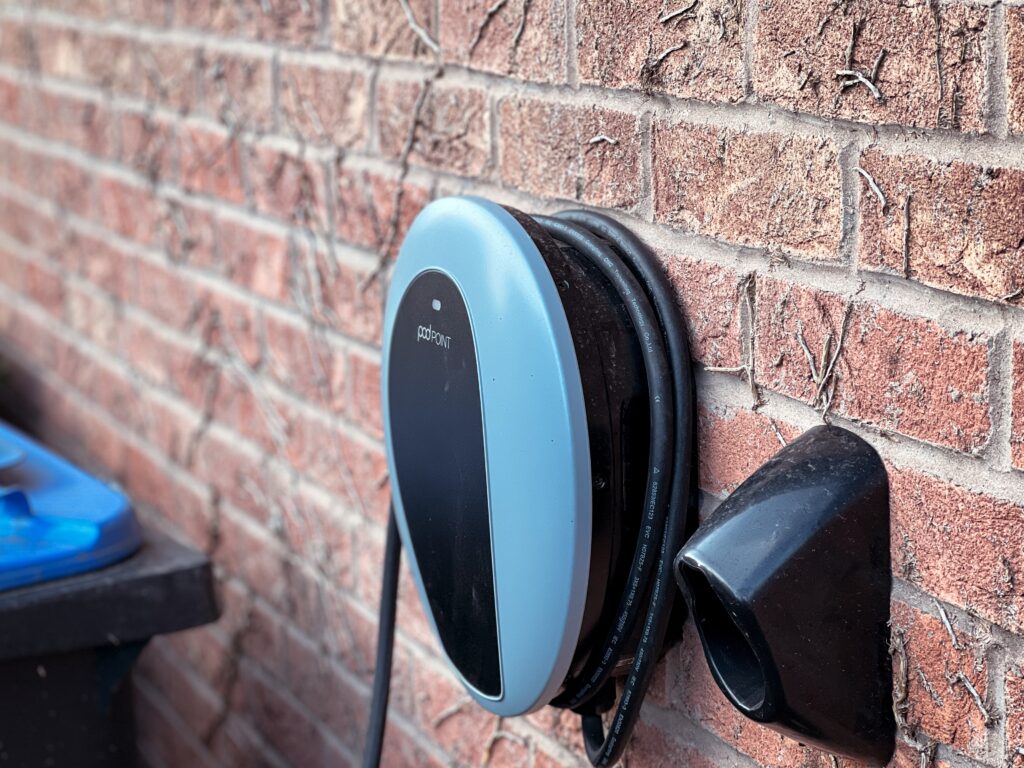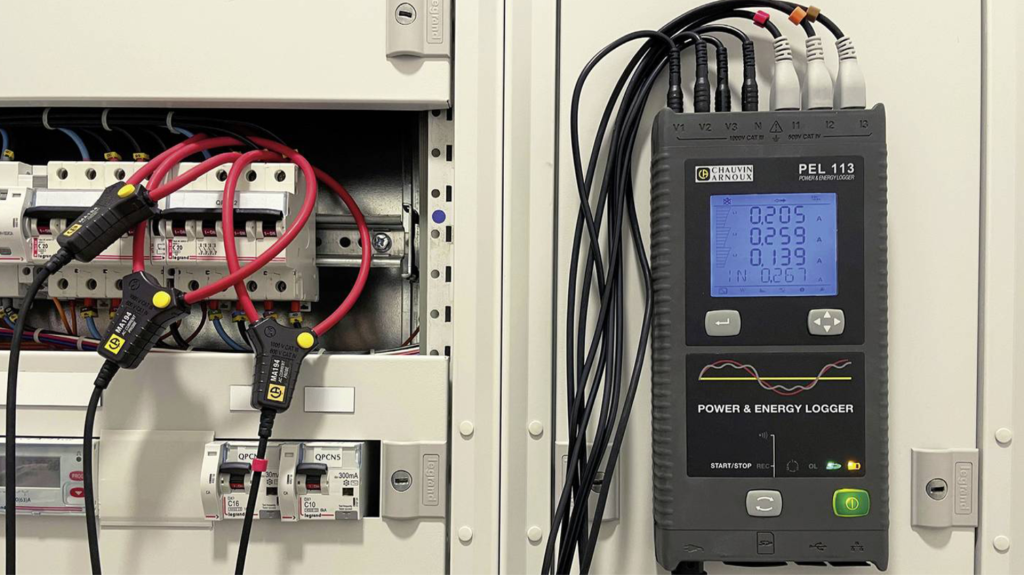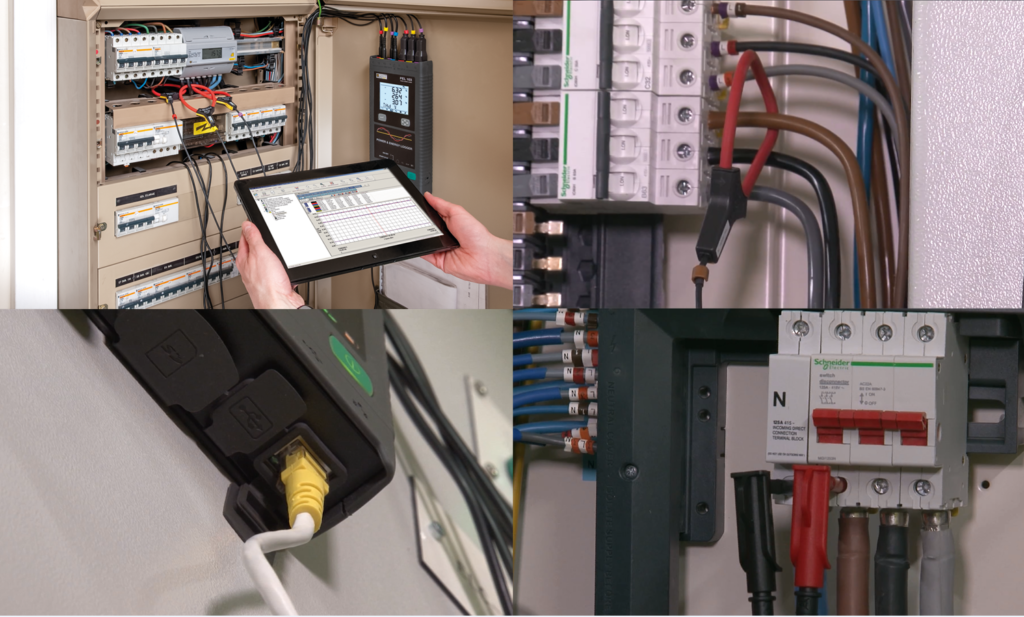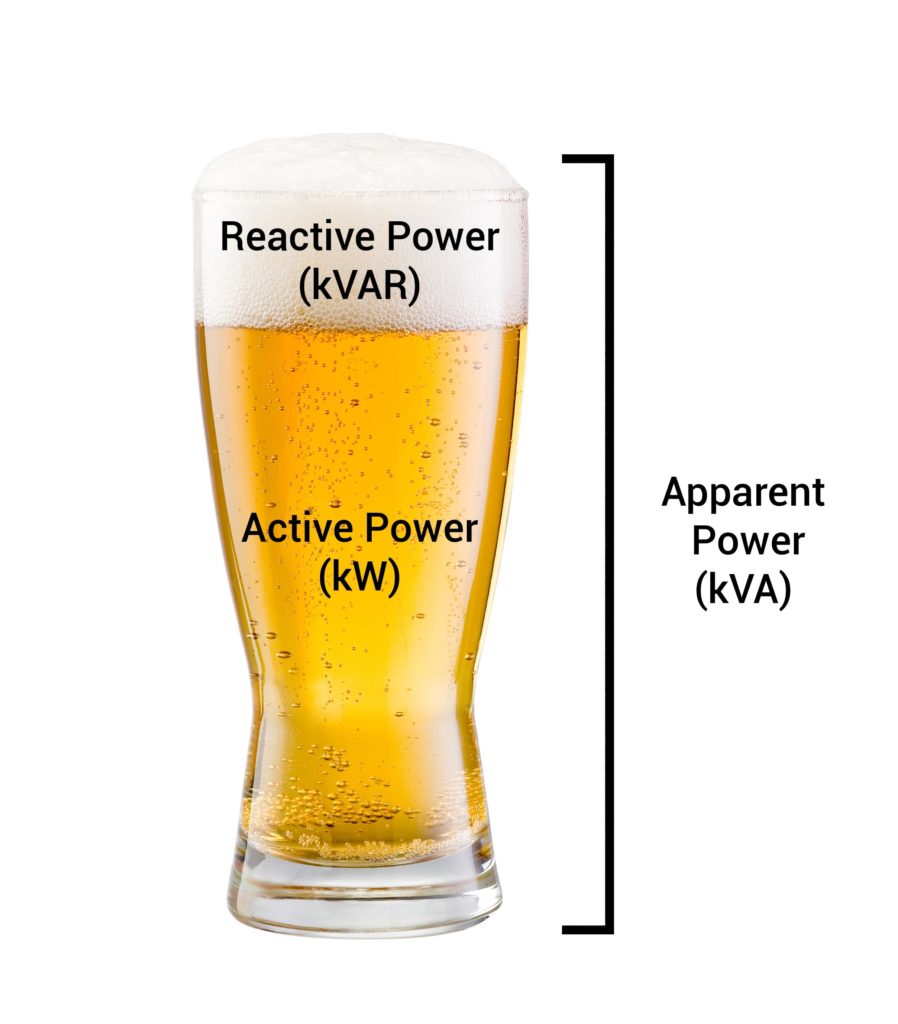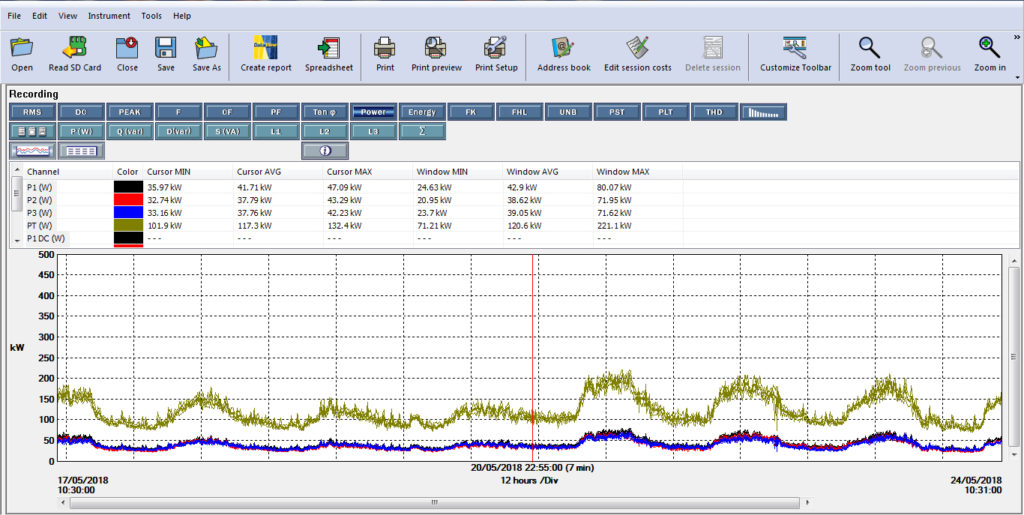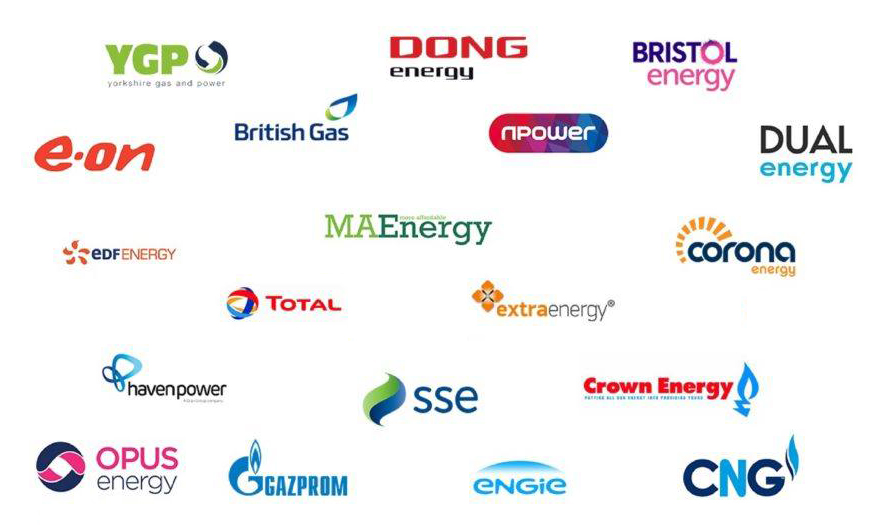Blog
It’s all very well to write about what portable energy loggers (PELs) can do and the sort of benefits they might provide but how do things work out in a real application? To answer that question, an 11-day energy monitoring exercise was carried out at a secondary school in Kent. Julian Grant of Chauvin Arnoux discusses the results.
Even before energy prices started their recent almost exponential climb, businesses could cut their energy bills dramatically simply by analysing their energy usage and identifying opportunities for improvement. Following this approach, a major processor of fresh fruit cut its energy bills in half, as Julian Grant of Chauvin Arnoux explains.
Many domestic installations today are seeing changes in the nature of the electrical equipment being installed in them, or requested to be installed in them, and notably the addition of some fairly high current loads, including most recently heat pumps and EV charge points.
Monitoring energy consumption has become essential for organisations aiming to cut expenses and improve operational efficiency — particularly in the face of rising electricity prices.
In the previous issue of Energy Manager Magazine, we described the beginning of a journey to improving the energy efficiency, and so reduce the consumption, of the Chauvin Arnoux UK offices. Following that initial logging session, and the subsequent changes that were made, more logging was performed using a PEL104 Power and Energy logger. This second part looks at the resulting data, and reveals the effects that the initial changes had on our consumption.
Based on recent feedback from a specialist power quality improvement service business, the issue of high reactive power and poor power factor is becoming increasingly common in the UK today, an issue which apparently used to be considered much more widely by electrical engineers and facility managers.
For some time now, the UK has been on a mission to become a low-carbon nation. It all started with the Intergovernmental Panel on climate change in 1988, and was further reinforced with the United Nations Framework Convention on climate change, established in 1992.
We all know that we need to measure and monitor our energy use, and for a variety of reasons. Rising energy costs are more and more justifying the savings that can be made by identifying inefficient equipment and out of hours use. Then there is our own desire to improve our green credentials by reducing emissions, along with edicts like the imminent Streamlined Energy and Carbon Reporting (SECR) regulations, to make sure we do.
In recent years there has been a steady increase in the number of businesses that have been created to help other businesses save energy, through either renegotiating existing contracts, or switching suppliers to get a better deal.
Monitoring power and energy usage in a facility or installation can often identify hidden issues that affect both operational and environmental quality, can pinpoint the reason for higher than desired energy costs, and can reveal the causes of more frequent equipment repair and replacement.

